PROGRAM DEVELOPMENT.Stages involved in the program development cycle. The process of program development can be broken down into the following stages:
Problem recognition.Problem recognition refers to the understanding and interpretation of a particular problem. The programmer must know what problem he/she is trying to solve. He/she must also understand clearly the nature of the problem & the function of the program. In order to understand a problem, look for the keywords such as compute, evaluate, compare, etc. Usually, a programmer identifies problems in the environment and tries to solve them by writing a computer program. There are 3 situations that cause the programmer to identify a problem that is worth solving:
Sample problem: Develop a program that can be used to calculate/find the area of a circle. Use the equation A = π * r2. Problem definition (Problem Analysis).In Problem definition, the programmer tries to define (determine) the:
For example: In calculating the area of any circle, the parameters needed to determine the area of any circle are:
Note. Problem definition should be done thoroughly to ensure user satisfaction, and to facilitate the subsequent stages in the program development cycle. A failure at this stage usually results in a system that will not work as intended, or that may not work at all.
Program designProgram design is the actual development of the program’s process or problem solving logic called the Algorithm. It involves identifying the processing tasks required to be carried out in order to solve the problem. The design stage enables the programmer to come up with a model of the expected program (or a general framework (outline) of how to solve the problem, and where possible, break it into a sequence of small & simple steps. The models show the flow of events throughout the entire program from the time data is input to the time the program gives out the expected information.
Note. It is important to design programs before entering them into the computer. The programmer should only attempt to covert a design into a program code after ensuring that it is logically correct. If possible, check the logical order on the desk. Some programmers produce rough & ready solutions at a Keyboard, and continue to amend the programs until eventually the program appears to do what was expected. This is not recommended in programming because of the following reasons:
Modular programmingMany programs are non-monolithic (i.e., they are not usually made up of one large block of code). Instead, they are made up of several units called modules, that work together to form the whole program with each module performing a specific task.This approach makes a program flexible, easier to read, and carry out error correction. Program codingProgram coding is the actual process of converting a design model into its equivalent program. Coding requires the programmer to convert the design specification (algorithm) into actual computer instructions using a particular programming language. For example; The programmer may be required to write the program code either in Pascal, C++, Visual Basic or Java, and develop (invent) suitable identifiers, variable names, & their data types. However, remember that, at this stage the coding is still a Pencil & paper exercise. The end result of this stage is a source program that can be translated into machine readable form for the computer to execute and solve the target problem. Rules followed in coding a program.
Example 1: Develop a program code that would be used to solve the equation of a straight line given by the expression: Y = mx + c Program StraighLine (input, output);
VAR BEGIN
y, m, x, c: INTEGER;
Writeln (‘Input the value of M’); END.
Readln (M); Writeln (‘Input the value of X’);
Readln (X); Writeln (‘Input the value of C’);
Readln (C); Y: = (m * x) +c;Writeln (‘The value of y is:’, Y);
Explanation of the Pascal source code aboveProgram StraightLine (input, output); This is the program Header.The word “Program” indicates the beginning of the program whose name is StraightLine. The (input, output) statements shows that the program expects some input from the Keyboard and display the output on the Screen. VAR is short form for Variable. A variable is a location for data in the computer memory. This statement tells the computer that variables are about to be declared. When a variable is declared, the computer sets aside some memory space to store a value in the variable. y, m, x, c: INTEGER; Four variables of type Integer have been declared. This means that, the memory spaces that will be set aside can only hold values that are whole numbers. BEGIN The Begin statement marks the start of the program body. Statements in this section are executed by the computer. E.g., execution starts by asking the user to input the value of m. Writeln (‘Input the value of M’); The Writeln statement displays whatever is between the inverted commas in the brackets. The statements will be sent to the screen exactly the way they appear in the brackets. This is because; the inverted commas are meant to make the output readable on the screen. To display the value held in a variable on the screen, remove the inverted commas and write the name of the variable in the brackets, e.g., Writeln (y) will display the value held in the variable y. Readln (M); The Read or Readln statement reads a value and stores it in a variable. When the program is running, a Read/Readln statement in the code will displays blinking cursor that indicates to the user where to type the input. Y: = (m * x) +c; Calculates the value of y. in Pascal, the symbol ‘: =’ is called the Assignment statement. The values on the right are calculated then the answer stored in the variable y which is on the left of the assignment symbol. Writeln (‘The value of y is:’, Y); The Writeln displays the value held in the variable y on the screen. Note. Y is not within the inverted commas. END. The ‘END.’ statement shows the end of a program. Example 2:Program AreaCircle (input, output); CONST
Pi = 3.142; VAR
Radius, Area: REAL; BEGIN
Writeln (‘Enter the radius’);
Readln (Radius); Area: = Pi * Radius * Radius;
Writeln (‘The Area is’, Area);
Explanation of Pascal source codeProgram AreaCircle (input, output); The Header of the program.The statements in ( ) shows that the user inputs data via Keyboard and the program display information on the Screen. CONST Pi = 3.142; A constant has been declared with a name Pi and value 3.142. VAR Radius, Area: REAL; Variables with fractional parts have been declared. BEGIN Marks the beginning of the program body. Writeln (‘Enter the radius’); Displays on the screen the string between the inverted commas. Readln (Radius); Displays a blinking cursor that tells the user that an input is needed before the program can continue. Area: = Pi * Radius * Radius; Calculates the Area. An assignment statement (: =) has been used. Writeln (‘The Area is’, Area); Displays the value stored in the variable Area. END. Marks the end of the program. Revision Questions.
Program Testing and DebuggingAfter designing & coding, the program has to be tested to verify that it is correct, and any errors detected removed (debugged). TESTING:Testing is the process of running computer software to detect/find any errors (or bugs) in the program that might have gone unnoticed. During program testing, the following details should be checked;
Types of program errorsThere are 5 main types of errors that can be encountered when testing a program. These are:
Syntax errorsEvery programming language has a well-defined set of rules concerning formal spellings, punctuations, naming of variables, etc. The instructions are accepted only in a specified form & and must be obeyed by the programmer.Syntax errors are therefore, programming errors/mistakes that occur if the grammatical rules of a particular language are not used correctly. Examples:
Syntax errors are committed by the programmer when developing, or transcribing the program, and can be detected by the language translators, such as the Compiler as it attempts to translate a program. Such errors must be corrected by the programmer before the program runs. Logical (arithmetic) errors.These are errors in the program logic.Logical errors relate to the logic of processing followed in the program to get the desired results. E.g., they may occur as a result of misuse of logical operators. Logical errors cannot be detected by the translator. The programmer will detect them when the program results are produced. The program will run, but give the wrong output or stop during execution. Run-time (Execution) errors.These errors occur during program execution.Run-time (execution) errors occur when the programmer introduces new features in the program, which are not part of the translator’s standards. For example; they may occur if:
To detect and eliminate Execution errors, a test run should be performed on the program after it has been translated. Semantic errors.These are meaning errors. They occur when the programmer develops statements, which are not projecting towards the desired goal. Such statements will create deviations from the desired objectives.Semantic errors are not detected by the computer. The programmer detects them when the program results are produced. Example;
a). IF GP>=1500 OR 2200 THEN TAX: = GP - (GP * 13%) b). IF GP>=1500 AND GP<= 2200 THEN TAX: = GP - (GP * 13%) In the 1st statement, if the selection is between 1500 & 2200, the computer will pick only 1500 & 2200, and the other values will not be touched. In the 2nd statement, the computer will be able to pick all the values between 1500 & 2200 because of the ‘AND’ operator. Lexicon errors.These are the errors, which occur as a result of misusing Reserved words (words reserved for a particular language).Revision Questions.
DEBUGGING:The term Bug is used to refer to an error in a computer program.Most programming errors often remain undetected until an attempt is made to translate a program. The most common errors include:-
Debugging is therefore, the process of detecting, locating & correcting (removing, eliminating) all errors (mistakes or bugs) that may exist in a computer program. TYPES OF TESTING (Methods of error detection)For the program to be assumed as correct, several testing needs to be conducted by the programmer to ascertain/establish their validity. There are several methods of testing a program for errors. These include:
Dry Running (Desk checking):Dry running is a method of checking a program for errors by making the corrections on a paper before entering it in the program editor.It involves going through the program while still on paper verifying & validating its possible results. If the final results agree with the original test data used, the programmer can then type the program into the computer and translate it.
Translator system checking:This is a type of testing, which involves the computer & the translator programs.After entering the program, it is checked using a translator to detect any syntax errors. The translator can be a Compiler or an Interpreter, which goes through the set of instructions & produces a list of errors, or a program/statement listing which is free from errors. Functional testing (White-box testing):This type of testing is based upon examining the internal structure of a program & selecting test data, which give rise to the alternative cases of control flow.Use of Test data.The accuracy of a program can be tested by inputting a set of values referred to as Test data. The test data is designed to produce predictable output.There are 2 types of test data;
Notes.
Use of debugging utilities.After the program has been entered in the program editor, debugging utilities which are built in the computer can be run during translation to detect any syntax errors in the program.The errors are corrected and the debugging process is repeated again to find out more errors, before the program is executed. Diagnostic procedures.For complex programs, diagnostic procedures, such as Trace routines, may be used to find logical errors.A Trace prints out the results at each processing step to enable errors to be detected quickly. System Test with actual data.This is whereby the new program is run in parallel with the existing system for a short time so that results can be compared and adjustments made. In such cases, the system test is made using actual data.Review Questions.
Implementation and Maintenance.IMPLEMENTATIONImplementation refers to the actual delivery, installation and putting of the new program into use.The program is put into use after it is fully tested, well documented, and after training the staff who will be involved in the running of the new program. Structured Walk Through:It is an organized style of evaluating/reviewing a program by a team of other programmers, which then reports to the programming team. REVIEW AND MAINTENANCE.Once the program becomes operational, it should be maintained throughout its life, i.e., new routines should be added, obsolete routines removed, & the existing routines adjusted so that the program may adapt to enhanced functional environments. The main objective of maintenance is to keep the system functioning at an acceptable level. Program maintenance mainly involves: -
Program documentation.After writing, testing, and debugging a program, it must be documented. In other words, the programmer should describe all what he was doing during the program development stages.Program documentation is the writing of supportive materials explaining how the program can be used by users, installed by operators, or modified by other programmers. Note. All the program development activities (i.e., from the initial stage up to the complete program) should be documented/recorded in order to assist in the development of the program, future modification of the program, general maintenance, machine & software conversion at a later date, and program changeover. Documentation can either be; Internal or External. Internal documentation is the writing of non-executable lines (comments) in the source program that help other programmers to understand the code statements. External documentation refers to reference materials such as user manuals printed as booklets. Types of program documentation.There are 3 target groups for any type of documentation:
Contents in a program document.Documentation includes:
Review Questions.
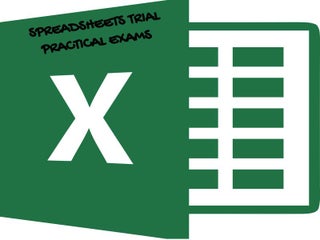
On Sale On Sale MICROSOFT EXCEL PAPER 2 PRACTICAL TRIALS FOR KCSE AND COLLEGE LEARNERS MODEL SP02112021001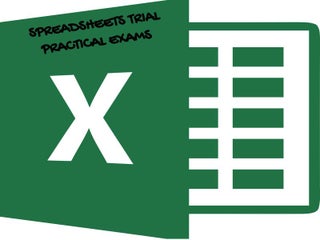
On Sale On Sale MICROSOFT EXCEL PAPER 2 PRACTICAL TRIALS FOR KCSE AND COLLEGE LEARNERS MODEL SP02112021002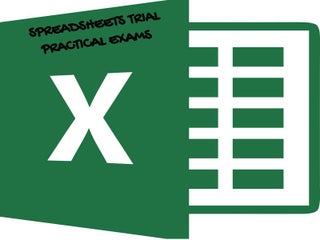
On Sale On Sale MICROSOFT EXCEL PAPER 2 PRACTICAL TRIALS FOR KCSE AND COLLEGE LEARNERS MODEL SP02112021003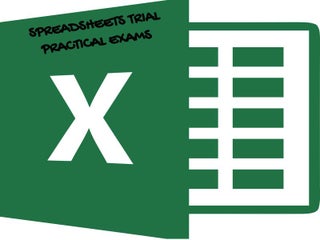
On Sale On Sale MICROSOFT EXCEL PAPER 2 PRACTICAL TRIALS FOR KCSE AND COLLEGE LEARNERS MODEL SP02112021004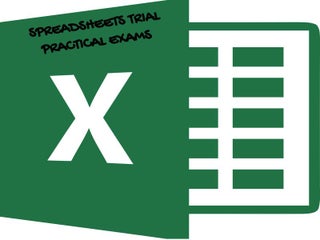
On Sale On Sale MICROSOFT EXCEL PAPER 2 PRACTICAL TRIALS FOR KCSE AND COLLEGE LEARNERS MODEL SP02112021005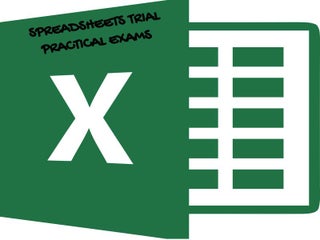
On Sale On Sale MICROSOFT EXCEL PAPER 2 PRACTICAL TRIALS FOR KCSE AND COLLEGE LEARNERS MODEL SP02112021006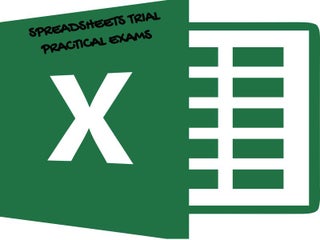
On Sale On Sale MICROSOFT EXCEL PAPER 2 PRACTICAL TRIALS FOR KCSE AND COLLEGE LEARNERS MODEL SP02112021007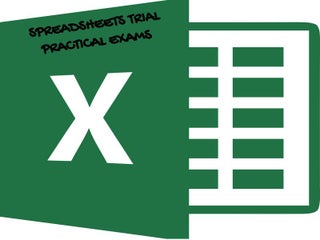
On Sale On Sale MICROSOFT EXCEL PAPER 2 PRACTICAL TRIALS FOR KCSE AND COLLEGE LEARNERS MODEL SP02112021008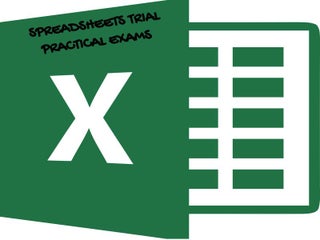
On Sale On Sale MICROSOFT EXCEL PAPER 2 PRACTICAL TRIALS FOR KCSE AND COLLEGE LEARNERS MODEL SP02112021009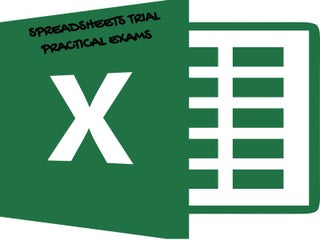
On Sale On Sale MICROSOFT EXCEL PAPER 2 PRACTICAL TRIALS FOR KCSE AND COLLEGE LEARNERS MODEL SP02112021010
On Sale On Sale MICROSOFT EXCEL PAPER 2 PRACTICAL TRIALS FOR KCSE AND COLLEGE LEARNERS MODEL SP021120210113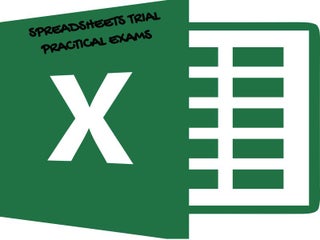
On Sale On Sale MICROSOFT EXCEL PAPER 2 PRACTICAL TRIALS FOR KCSE AND COLLEGE LEARNERS MODEL SP021120210114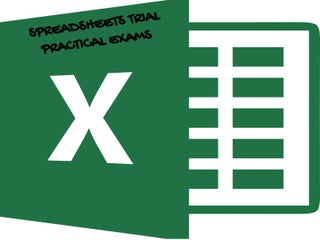
On Sale On Sale MICROSOFT EXCEL PAPER 2 PRACTICAL TRIALS FOR KCSE AND COLLEGE LEARNERS MODEL SP021120210115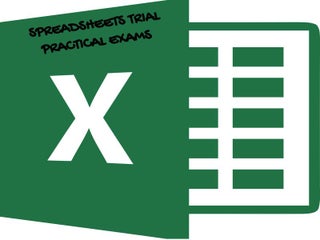
On Sale On Sale MICROSOFT EXCEL PAPER 2 PRACTICAL TRIALS FOR KCSE AND COLLEGE LEARNERS MODEL SP021120210116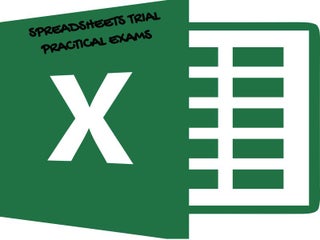
On Sale On Sale MICROSOFT EXCEL PAPER 2 PRACTICAL TRIALS FOR KCSE AND COLLEGE LEARNERS MODEL SP021120210117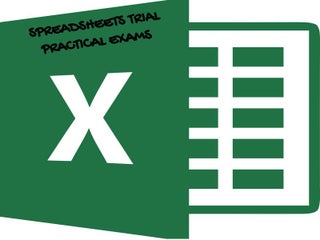
On Sale On Sale MICROSOFT EXCEL PAPER 2 PRACTICAL TRIALS FOR KCSE AND COLLEGE LEARNERS MODEL SP021120210118
On Sale On Sale MICROSOFT EXCEL PAPER 2 PRACTICAL TRIALS FOR KCSE AND COLLEGE LEARNERS MODEL SP021120210120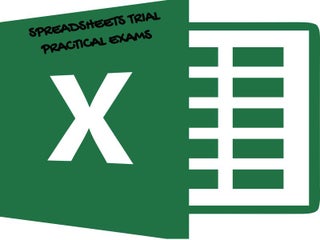
On Sale On Sale MICROSOFT EXCEL PAPER 2 PRACTICAL TRIALS FOR KCSE AND COLLEGE LEARNERS MODEL SP021120210121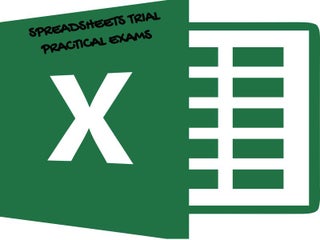
On Sale On Sale MICROSOFT EXCEL PAPER 2 PRACTICAL TRIALS FOR KCSE AND COLLEGE LEARNERS MODEL SP021120210122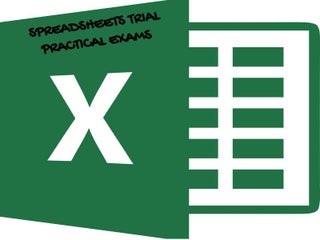
On Sale On Sale MICROSOFT EXCEL PAPER 2 PRACTICAL TRIALS FOR KCSE AND COLLEGE LEARNERS MODEL SP021120210123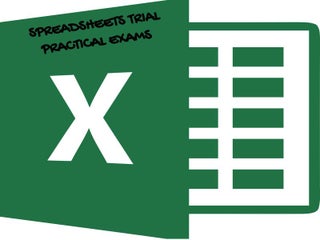
On Sale On Sale MICROSOFT EXCEL PAPER 2 PRACTICAL TRIALS FOR KCSE AND COLLEGE LEARNERS MODEL SP021120210124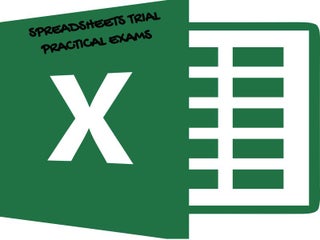
On Sale On Sale MICROSOFT EXCEL PAPER 2 PRACTICAL TRIALS FOR KCSE AND COLLEGE LEARNERS MODEL SP021120210125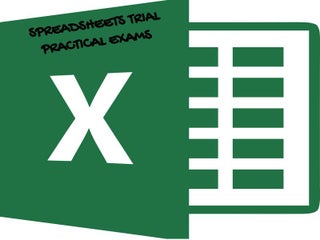
On Sale On Sale MICROSOFT EXCEL PAPER 2 PRACTICAL TRIALS FOR KCSE AND COLLEGE LEARNERS MODEL SP021120210126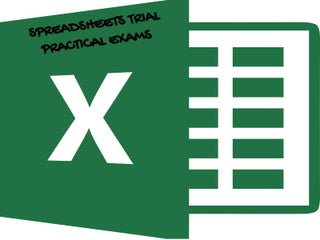
On Sale On Sale MICROSOFT EXCEL PAPER 2 PRACTICAL TRIALS FOR KCSE AND COLLEGE LEARNERS MODEL SP021120210127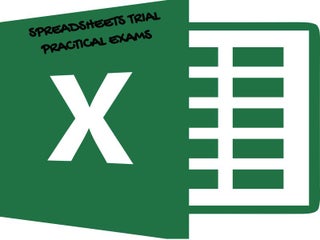
On Sale On Sale MICROSOFT EXCEL PAPER 2 PRACTICAL TRIALS FOR KCSE AND COLLEGE LEARNERS MODEL SP021120210128
On Sale On Sale MICROSOFT EXCEL PAPER 2 PRACTICAL TRIALS FOR KCSE AND COLLEGE LEARNERS MODEL SP021120210129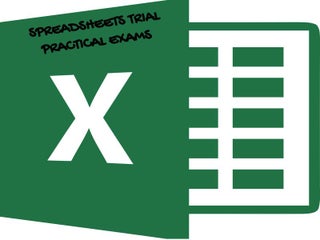
On Sale On Sale MICROSOFT EXCEL PAPER 2 PRACTICAL TRIALS FOR KCSE AND COLLEGE LEARNERS MODEL SP021120210131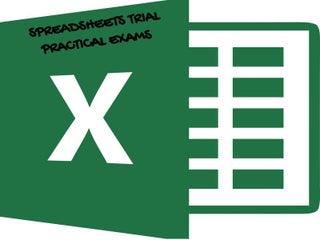
On Sale On Sale MICROSOFT EXCEL PAPER 2 PRACTICAL TRIALS FOR KCSE AND COLLEGE LEARNERS MODEL SP021120210132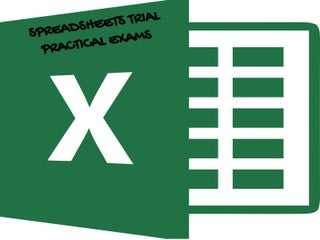
On Sale On Sale MICROSOFT EXCEL PAPER 2 PRACTICAL TRIALS FOR KCSE AND COLLEGE LEARNERS MODEL SP021120210133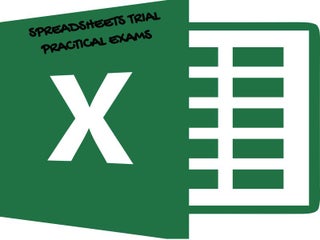
On Sale On Sale MICROSOFT EXCEL PAPER 2 PRACTICAL TRIALS FOR KCSE AND COLLEGE LEARNERS MODEL SP021120210134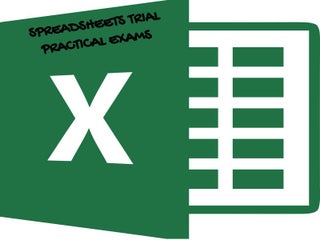
On Sale On Sale MICROSOFT EXCEL PAPER 2 PRACTICAL TRIALS FOR KCSE AND COLLEGE LEARNERS MODEL SP021120210135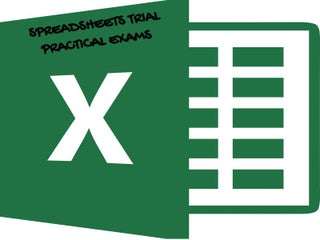
On Sale On Sale MICROSOFT EXCEL PAPER 2 PRACTICAL TRIALS FOR KCSE AND COLLEGE LEARNERS MODEL SP021120210136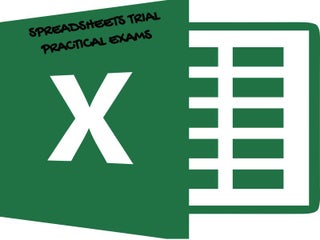
On Sale On Sale MICROSOFT EXCEL PAPER 2 PRACTICAL TRIALS FOR KCSE AND COLLEGE LEARNERS MODEL SP021120210137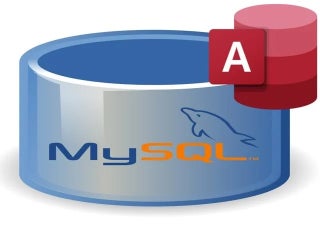
On Sale On Sale COMPUTER STUDIES PP2 QUESTION PAPER AND MARKING SCHEME ON SPREADSHEETS AND DATABASE MODEL05122022003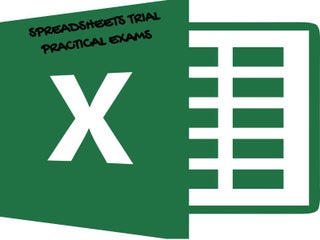
On Sale On Sale MICROSOFT EXCEL PAPER 2 PRACTICAL TRIALS FOR KCSE AND COLLEGE LEARNERS MODEL SP02112021011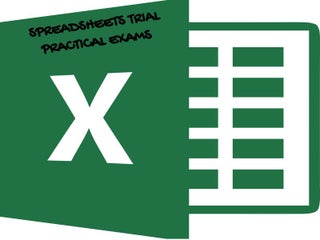
On Sale On Sale MICROSOFT EXCEL PAPER 2 PRACTICAL TRIALS FOR KCSE AND COLLEGE LEARNERS MODEL SP02112021012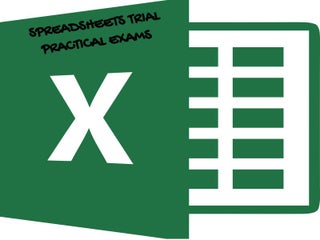
On Sale On Sale MICROSOFT EXCEL PAPER 2 PRACTICAL TRIALS FOR KCSE AND COLLEGE LEARNERS MODEL SP021120210119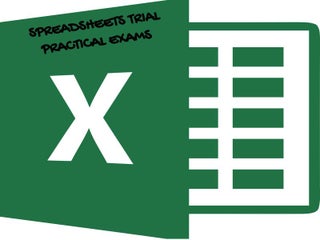
On Sale On Sale MICROSOFT EXCEL PAPER 2 PRACTICAL TRIALS FOR KCSE AND COLLEGE LEARNERS MODEL SP021120210130
0 Comments
Leave a Reply. |
Categories
All
Archives
December 2024
|
Can't find what you are looking for? Don't worry, Use the Search Box Below.
|
Primary Resources
College Resources
|
Secondary Resources
|
Contact Us
Manyam Franchise
P.O Box 1189 - 40200 Kisii Tel: 0728 450 424 Tel: 0738 619 279 E-mail - sales@manyamfranchise.com |
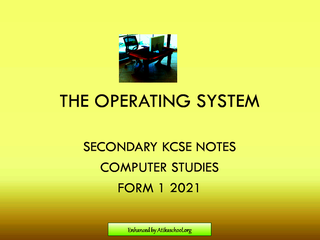
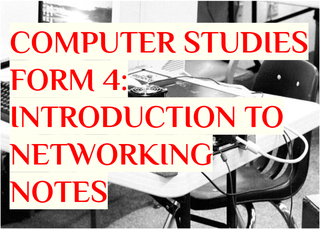
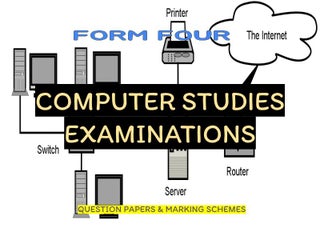
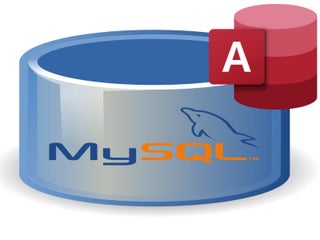
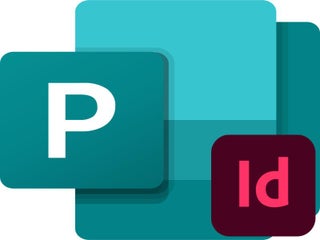
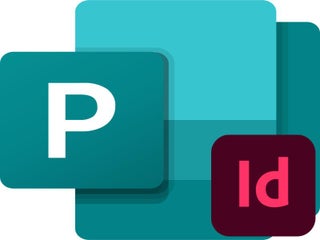
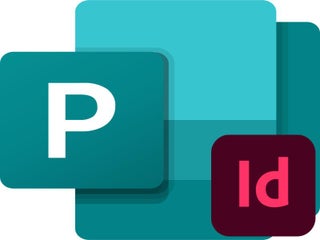
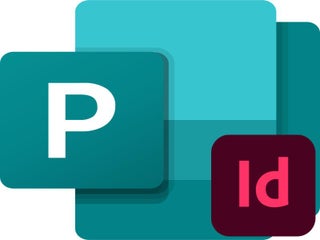
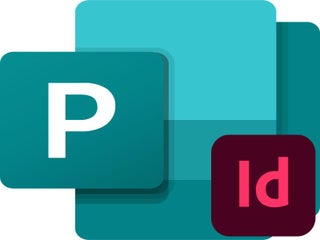
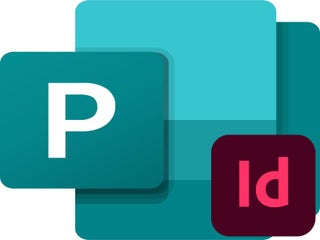
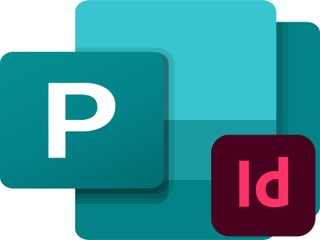
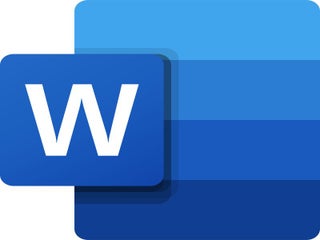
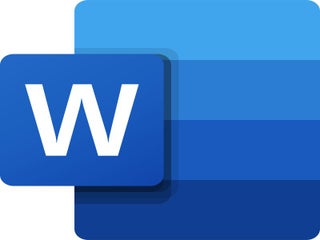
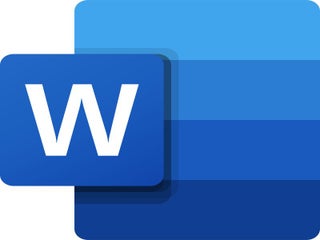

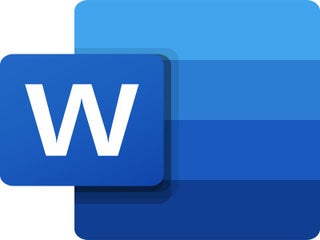
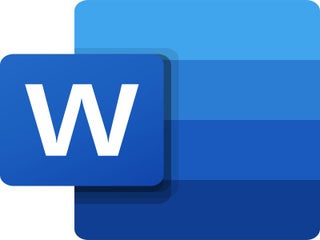
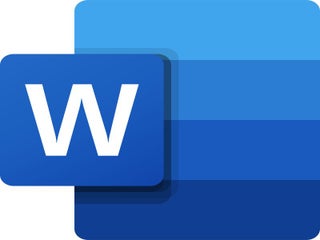
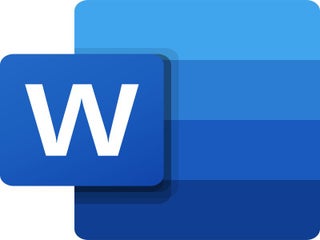
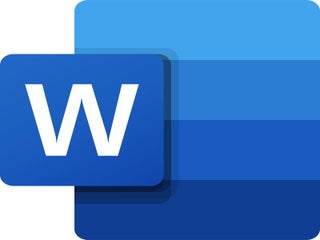
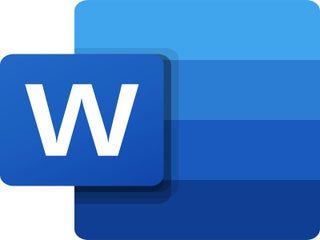
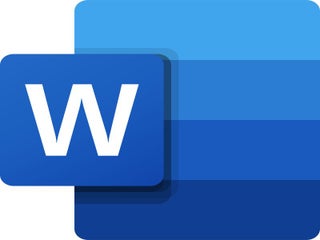
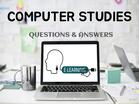
 RSS Feed
RSS Feed

